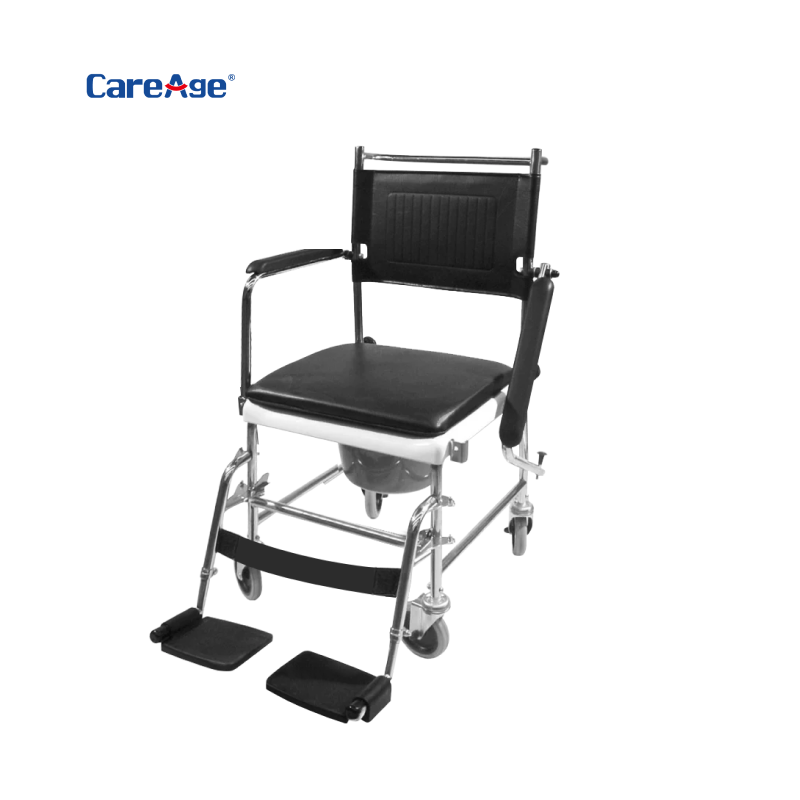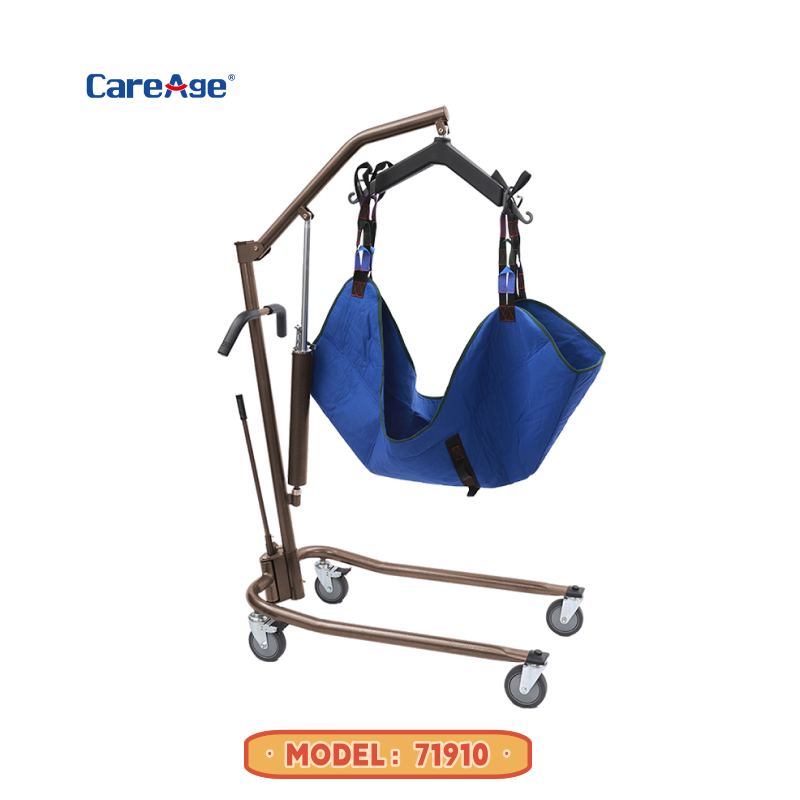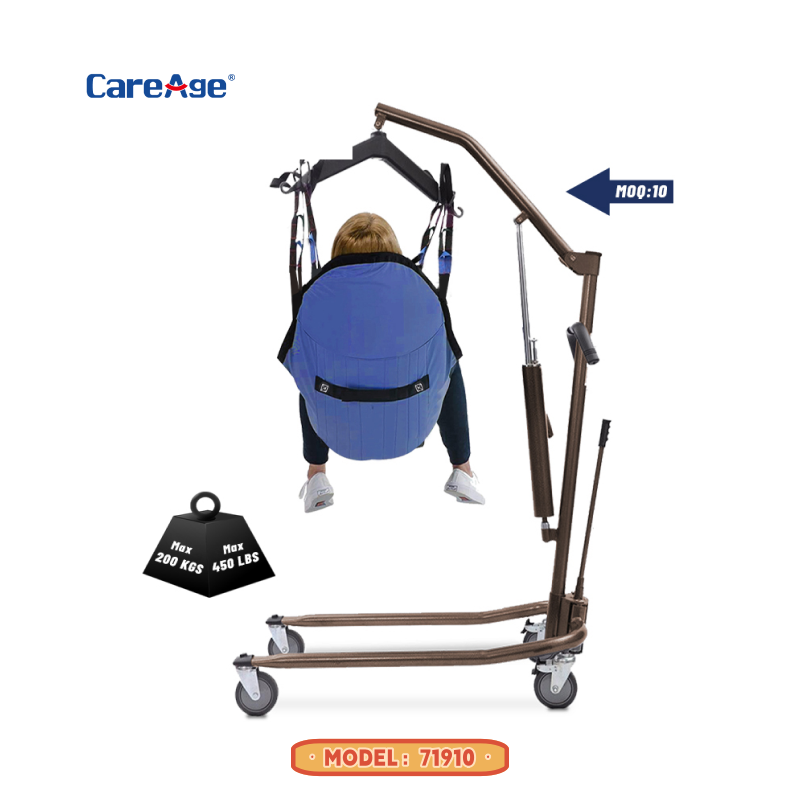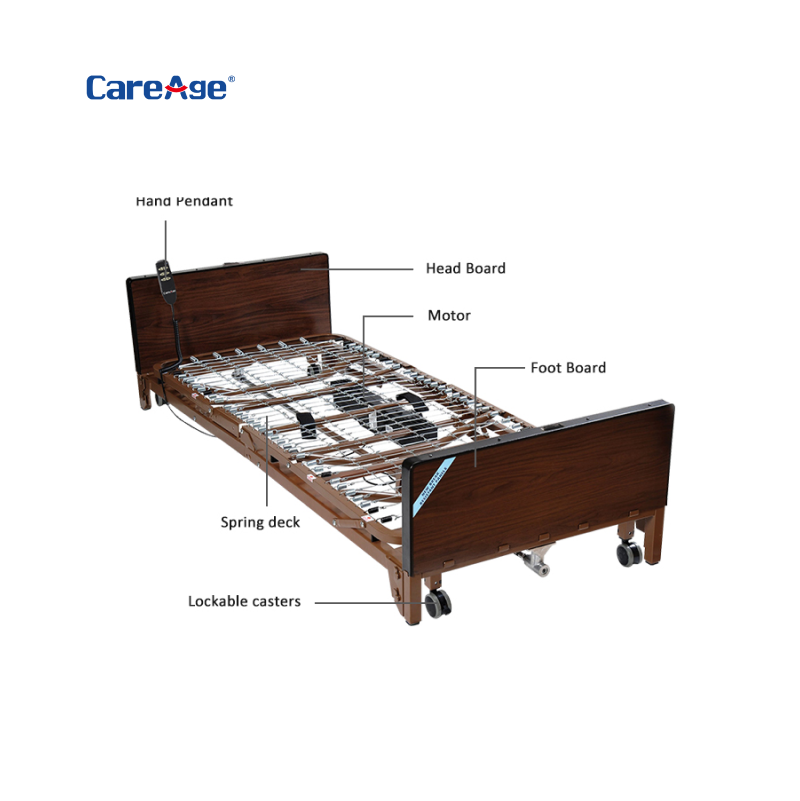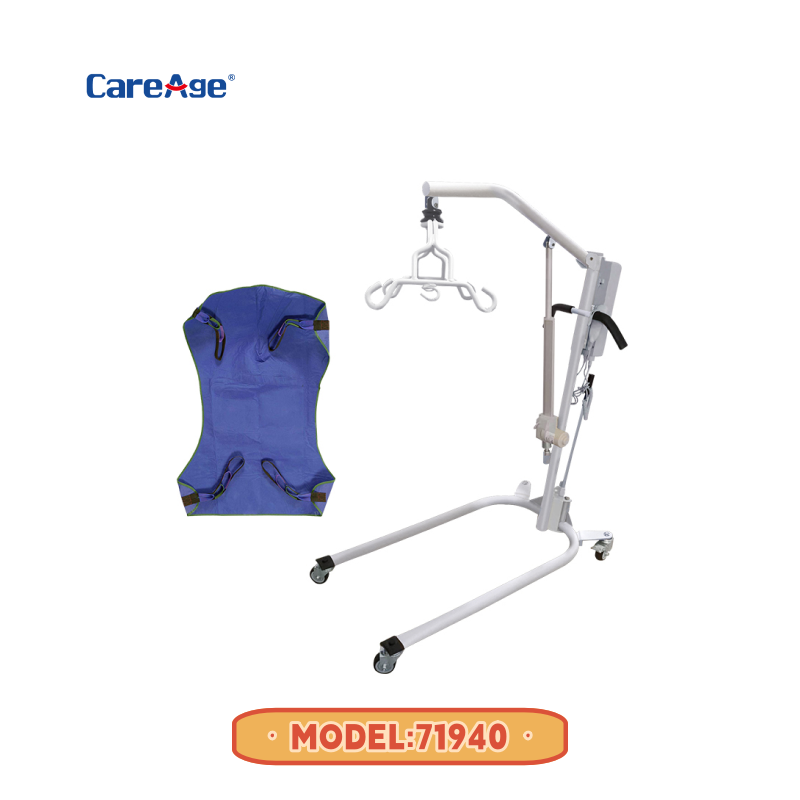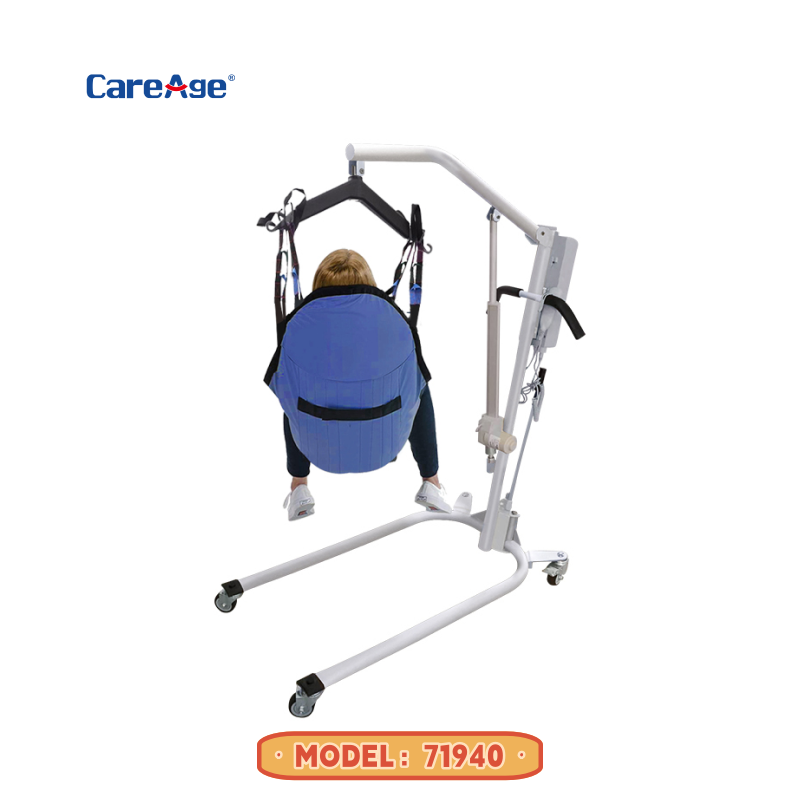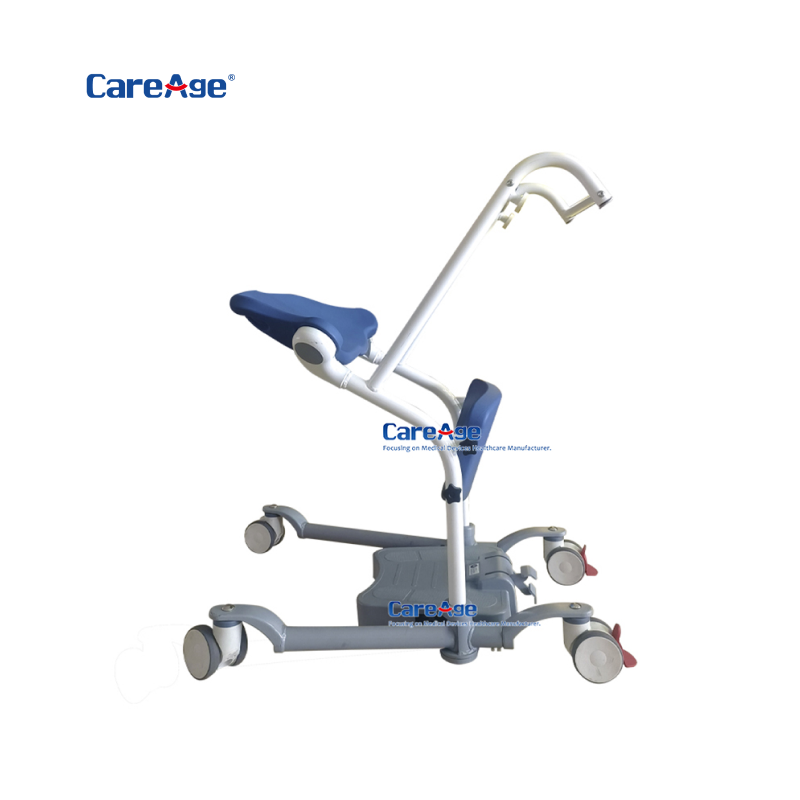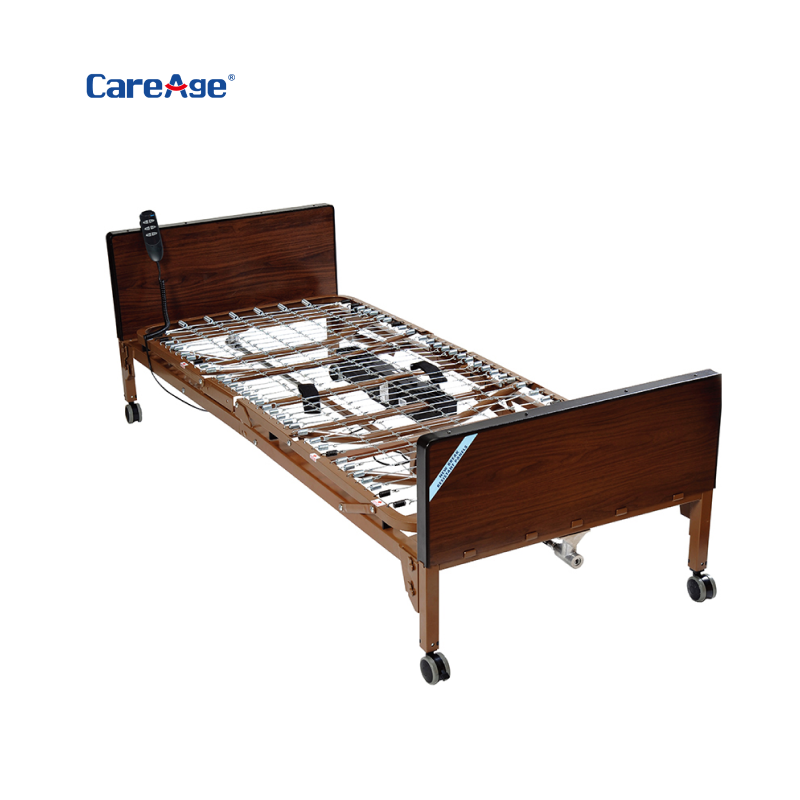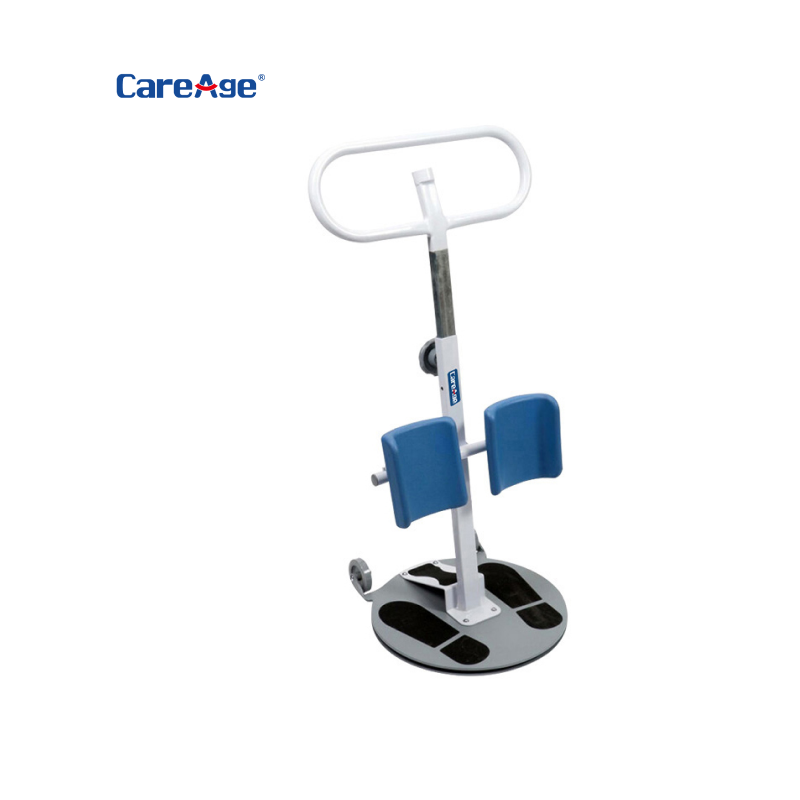1. New choices for health management in modern families
In today's world where population aging and chronic diseases are occurring at a younger age, Homecare Nursing Bed are transforming from "medical equipment" to "healthy living infrastructure". According to the 2024 China Home Health Trends Report, 83% of households have a need for staged care, and the use of Full-Electric Bed can increase care efficiency by 40%.
✓ Postoperative rehabilitation period: meet medical grade needs such as spinal protection and posture adjustment
✓ Chronic disease management: adapt to long-term care scenarios such as diabetes and arthritis
✓ Elderly Life: Addressing Nighttime Difficulties, Preventing Pressure Ulcers and Other Silver Hair Pain Points
2. Type selection and core values of Homecare Nursing Bed
In home health management, Full-Electric bed, Semi-Electric bed, and Semi-Electric Low bed form a solution matrix that meets different needs. According to the 2024 survey data from the Chinese Rehabilitation Medicine Association, households equipped with intelligent nursing beds have an average reduction of 62% in caregiver labor intensity. Each of the three types of products has its own focus:
✓ Full-Electric bed: fully motor-driven, suitable for postoperative patients who require frequent body position changes
✓ Semi-Electric bed: manual+electric hybrid mode, an economical choice for chronic disease management
✓ Semi-Electric Low bed: designed 35-45cm above the ground to prevent the risk of falls for the elderly

3. Four stage scenario based solution
✓ Acute postoperative rehabilitation period (0-3 months)
Core functions of Full-Electric bed:
Back leg linkage adjustment (0-80 ° continuously variable speed)
Emergency lying down button (response time<3 seconds)
Medical grade mattress interface (preventing pressure ulcers)
Comparison plan: The Semi-Electric Low bed can achieve some functions by installing an electric push rod, but the adjustment accuracy is lower
✓ Sub healthy recovery period (3-6 months)
Advantages of Semi-Electric bed:
Manually adjust leg height (saving motor costs)
Detachable dining table board (suitable for independent eating)
Load capacity of 200kg (better than ordinary electric models)
✓ Chronic disease management period (6 months+)
Suggested combination plan:
Diabetes foot care: Full-Electric Bed+leg lifting module
COPD patients: Semi-Electric Low Bed+back electric upgrade kit
Disabled elderly: Full-Electric Bed+bed departure monitoring system
✓ Preventive health stage
Innovative application of Semi-Electric Low Bed:
Paired with intelligent pillows to monitor sleep quality
Low center of gravity design reduces the risk of falling at night
Hidden guardrails to maintain a beautiful home appearance
4. Choosing a Decision Tree
✓ Identify the main users:
Short term postoperative recovery → Full-Electric Bed
Long term chronic disease care → Semi-Electric Bed
Elderly people living alone → Semi-Electric Low Bed
✓ Key points of spatial measurement:
Electric nursing bed needs to reserve a 50cm maintenance channel
Pay attention to the height of the door frame for semi electric low beds (recommended to be ≥ 75cm)
5. Value added service evaluation:
✓ Priority should be given to Full-Electric Bed that include remote debugging services
✓ It is recommended to purchase models with expandable interfaces for Semi-Electric Bed
The Semi-Electric Low Bed demonstrates unique value in aging adaptation, with its low center of gravity design reducing the risk of falls by 43%. "- White Paper on Home Care Facilities 2025


